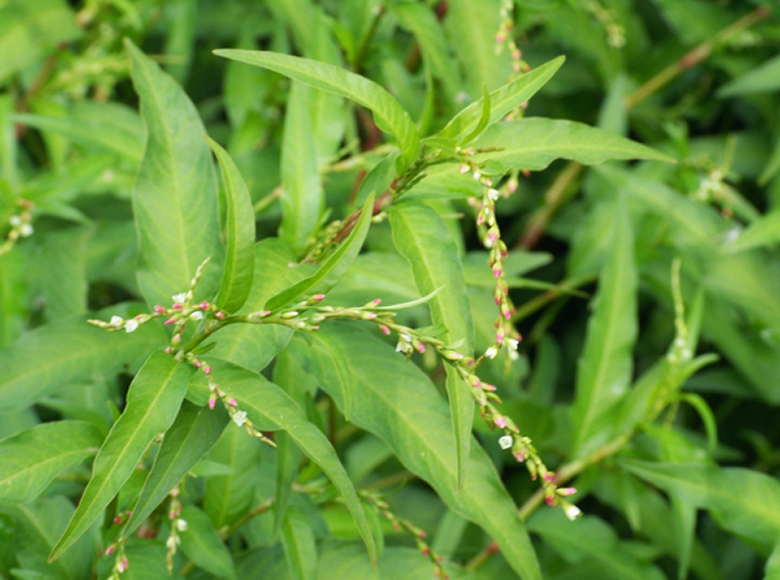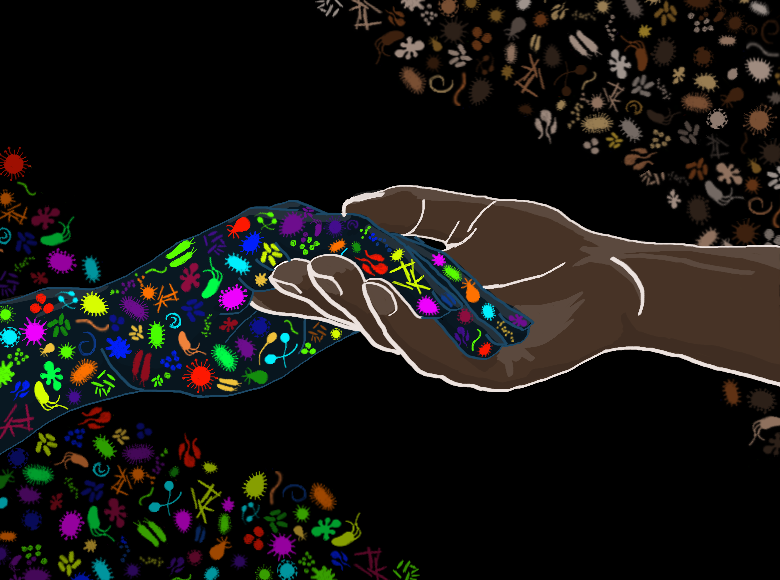Extended evolutionary synthesis needs to include the social sciences
by Joe Brewer
It is an intellectual riddle—why is it that the biological and social sciences are divided into so many separate fields? If there was a “new synthesis” for evolutionary biology almost a hundred years ago, how did it manage to exclude (or get excluded by) the burgeoning fields of research that study the social behaviors of
read more

